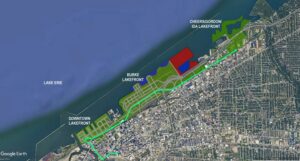
Reimagining Cleveland’s Lakefront With a 5-Mile-Long Redevelopment: Commentary
by Ken Predergast, November 2025
The link is here
www.teachingcleveland.org

Reimagining Cleveland’s Lakefront With a 5-Mile-Long Redevelopment: Commentary
by Ken Predergast, November 2025
The link is here
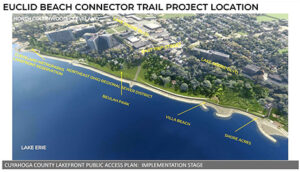
Sewer District recommends removing Lower Lake Dam in Shaker Heights, Cleveland Heights
by Steven Litt 7/23/25, Ideastream
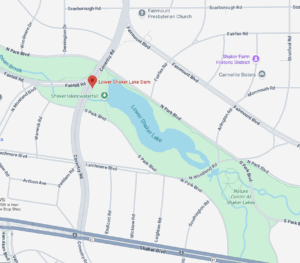
The Northeast Ohio Regional Sewer District will soon recommend removal of the Lower Lake Dam in Shaker Heights and Cleveland Heights, resulting in the draining of Lower Lake, replacing the lake bed with 17 acres of park land.

Sustainability in Northeast Ohio (part 2)
Better than it was, not where it needs to be
by Richey Piiparinen (2016)
for Teaching Cleveland
The link is here
Richey Piiparinen passed away in early 2025. This bio is from his obit:
Richey was an accomplished Author, writer and urban affairs researcher. He worked at Case Western Reserve University and Cleveland State University as the Director of Center of Population Dynamics., part of the Levine College of Urban Affairs. Richey recently published a book titles “Octopus Hunting” a book of essays linking the author’s fight for life and a city’s fight for life.
Richey appeared in “The Daily Beast, The Plain Dealer and Huffington Post. His research has been highlighted by the Wall Street Journal, CBS Evening News, NPR’s Morning Edition to name a few.
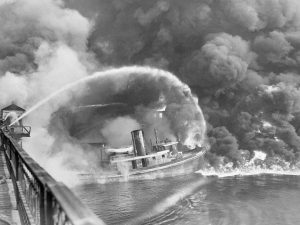
The Cuyahoga River was so polluted, it used to catch fire. Now it’s making a comeback
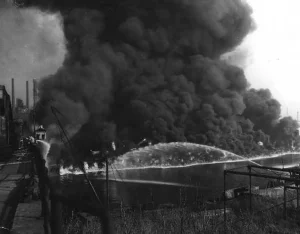
Reflecting on the state of the Cuyahoga, its future, 55 years after infamous fire
by Zaria Johnson, Ideastream, June 24, 2024
The link is here
https://www.ideastream.org/environment-energy/2024-06-21/reflecting-on-the-state-of-the-cuyahoga-its-future-55-years-after-infamous-fire
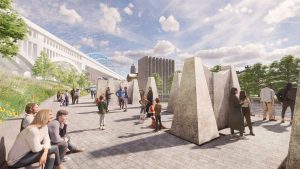
Irishtown Bend Park design features unveiled
Park concepts to pay homage to early settlers
by Ken Prendergast
https://neo-trans.blog/2024/03/20/irishtown-bend-park-design-features-unveiled
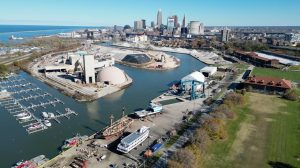
Just where did the Cuyahoga River reach Lake Erie when people like Moses Cleaveland arrived?
by Peter Krouse, Cleveland.com, December 27, 2023

The Cuyahoga River has reduced its problem areas from 10 to 5.
by Peter Krouse, Cleveland.com, Nov 15, 2023
The link is here
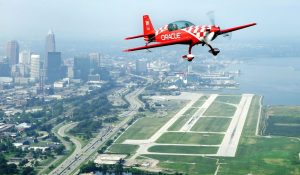
Opinion by Brent Larkin, The Plain Dealer, July 23, 2023
Turning Cleveland into a freshwater capital
The failure to provide meaningful access to and to build an economy around all that freshwater has been one of this community’s longest-running failures.
Now that may be changing — in a major way.